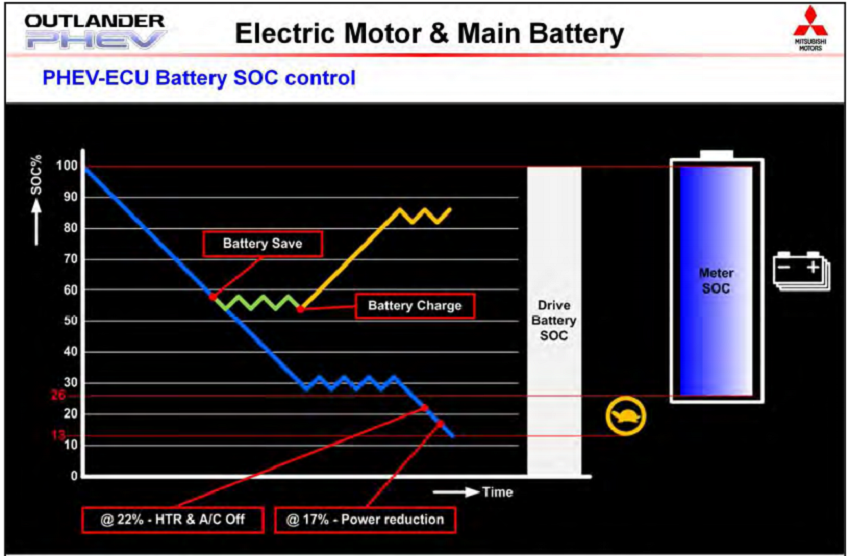The poster was asking whether using Charge when the motor is running anyway in parallel mode is free energy. Clearly not, it's adding a significant load to the engine. How many kW does the onboard generator run at? And the thing about running in the most efficient zone is not true in parallel mode. The engine revs are determined strictly by the road speed because of the fixed gearing.Trex said:You need to get your head around the fact that Mitsubishi and Toyota etc have worked out that the extra fuel consumption to make electricity and put the bloody inefficent petrol motor in its most efficient "zone"
Steve

